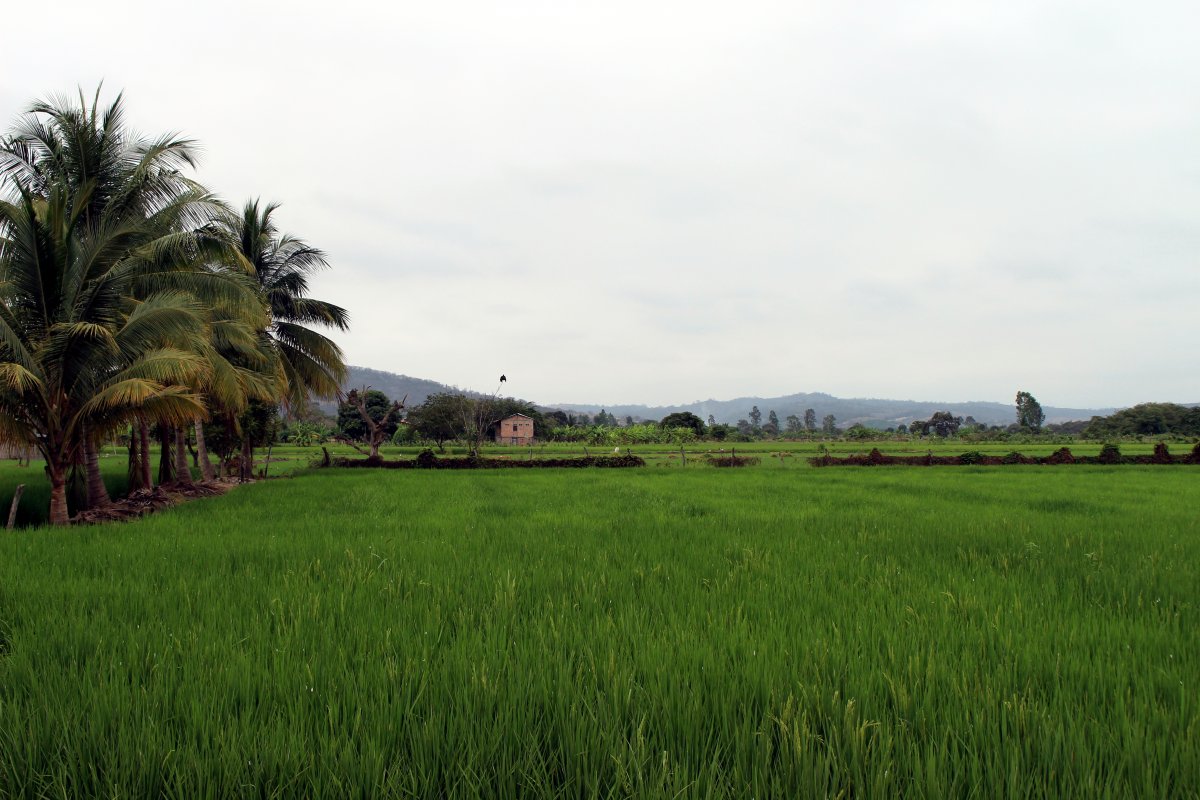Supporting Ecuador to advance their NAP process
Project Overview

Country background, Sustainable Development Goals and Paris Agreement
Ecuador is an Andean country in the northwest of South America, with a total area of 256,370 km, including the Galapagos Islands, and 16.3 million habitants as of 2015. The Southern Andes mountain range divides the continental territory of Ecuador into three different regions: Coast, Andes and Amazon. There is great variety in the Ecuadorian climate, largely determined by altitude and terrain. In the medium- to long-term, climate change is expected to have some major impacts in Ecuador: the intensification of extreme climatic events (e.g. El Niño); sea level rise; increased retreat of the glaciers; decrease in annual runoff and increased vulnerability of water resources; increased vulnerability to floods and prolonged droughts; increased transmission of dengue and other tropical diseases; the expansion of invasive species populations in the Galapagos and other sensitive ecosystems of continental Ecuador; and the extinction of certain species. Some of these impacts are already being perceived. These impacts are expected to negatively affect the Ecuadorian population, infrastructure and crop production, particularly as agriculture is already vulnerable to current fluctuations in climate. Estimates indicate that by 2025 the country could lose approximately US$5.6 billion due to extreme weather events intensified by climate change.
Adopted in 2012, the National Climate Change Strategy (NCCS) provides a vision until 2025, and seeks to establish a long-term objective for the management of climate change in the country. It has strategic work areas proposed for both adaptation and mitigation to climate change. For adaptation, the strategy defined key priority sectors or areas of work, taking into account the priority development objectives defined in the National Development Plan. Ecuador has already developed the NDC and has submitted its first NDC to the UNFCCC on March 2019 to fulfill its commitments under the Paris Agreement. The NDC includes adaptation under the sectors prioritized in the National Climate Change Strategy. The country’s adaptation goals are outlined in the NDC and aim to enable the integration of adaptation in development planning at national, sectoral and local levels.
The key actors for the NAP process are the members of the Inter-institutional Climate Change Committee (ICCC), established in 2010, as the governmental organ for the coordination and integral execution of national policies related to climate change, including the NCCS. The cross-sectoral ICCC is led by the Ministry of Environment (MAE), through its Under-Secretariat for Climate Change, which acts as Technical Secretariat for the Committee. The Under-Secretariat for Climate Change oversees the coordination of policies, strategies and regulations for climate change, awareness on climate change, climate change planning at national level, information management, overseeing compliance with national and international climate change agreements and regulations, and coordination with international technical assistance. Ecuador is working on a combination of policy advice, technical assistance, finance, and programs to achieve the Sustainable Development Goals (SDG1, SDG5, SDG6, SDG13, SDG16).
How has the NAP-GSP supported to date?
|
Support with the NAP Roadmap and formulation
|
Ecuador began the development of its National Adaptation Plan in February 2017 with an inception workshop, which convened the main stakeholders involved in climate change adaptation in the country. The workshop began a consultation process to prepare a road map for the NAP. Participants to this workshop included representatives from the majority of sectoral ministries, local government representatives and associations, as well as specialized agencies (e.g. Meteorological and Hydrological Institute), and civil society organizations, amongst others.
|
|
Produced a Stocktaking Report to identify entry points for the NAP process
|
The Third National Communication on climate change (TNC, 2017) development process focused on three lines of action; 1) reporting institutionalization, which included promoting coordination meetings between institutional actors; 2) a local approach, which took into consideration the need for implementing mitigation and adaptation actions from a local perspective, and; 3) capacity building. The development of the TNC involved organizing 37 workshops for capacity building and information exchange involving a total of 2051 participants.
|
|
Helped build capacity and facilitated access to additional climate finance
|
Building on the results of the NAP roadmap kick-off consultation workshop, in line with national objectives and building on lessons learned on adaptation to date, a GCF NAP readiness proposal was developed and submitted to the GCF in 2017 and approved in July 2018. UNDP has provided support for the development of the Third National Communication and Climate Public Expenditures and Institutional Review (CPEIR). In addition, the NAP GSP, funded by the GEF, supported the development of the NAP proposal in Ecuador, submitted to the Green Climate Fund (GCF), which aims to integrate adaptation in development planning.
|
News
UNDP and the Ministry of Environment and Water present the 'Mission 1.5' initiative - March 11, 2020 - "What can I do?" is the question that many people face in the face of climate change.
Alliances and financing to face climate change in Ecuador - February, 1, 2020 - The development of an investment plan for the financing of initiatives in the mitigation sectors, the generation of meeting spaces between investors, the private sector and cooperation.
UNDP launches Laboratory for Acceleration of Sustainable Development Goals - January 28, 2020 - Development challenges are increasingly complex and numerous. Keeping pace with emerging problems requires rethinking development from another perspective.
Ecuador Premium & Sustainable: one more step in the sustainable development of the agricultural sector - November 29, 2019 - The firm will of the National Government to advance in the sustainability of the agricultural sector, the intention to initiate a public-private alliance to strengthen the coffee chain.
Climate change and gender under debate - November 15, 2019 - The German Technical Cooperation (GIZ) organized a 'Café Dialogue', in which the argument that climate change is not gender neutral was debated.
